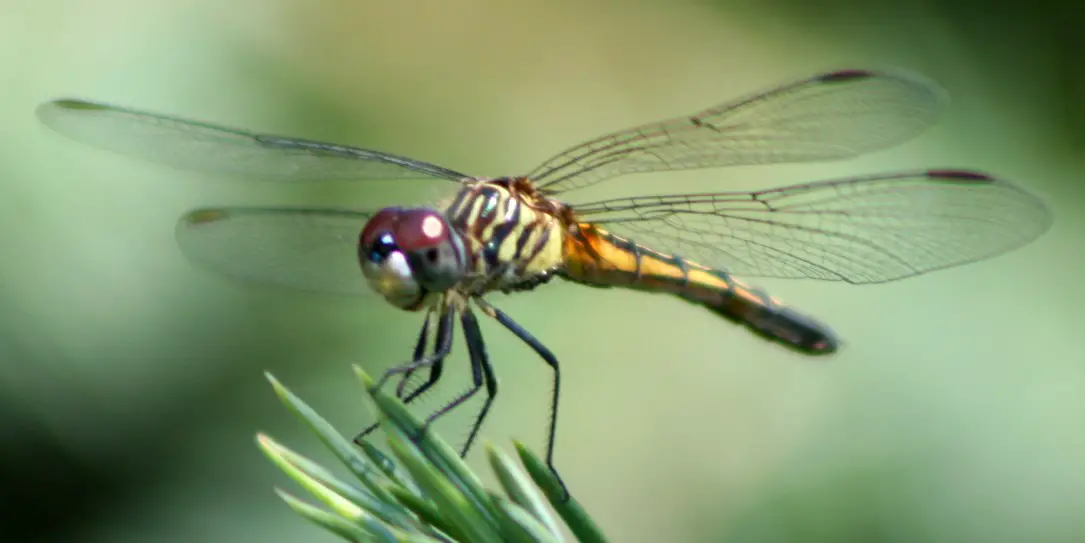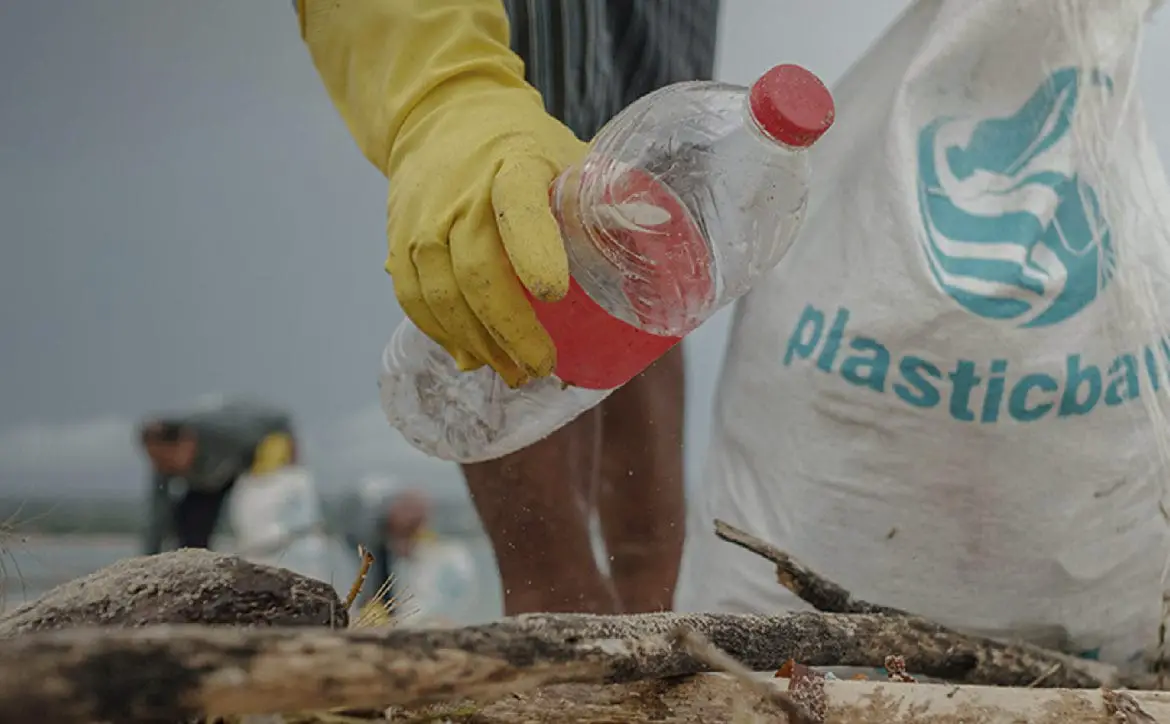Wind power is one of several renewable energy sources that have caught on in recent years, though its implementation does have some downsides. The large turbines really only fit in very specific places for one, and they need a pretty steady breeze to remain efficient. Promising research out of Europe may influence future wind turbine design to mimic dragonfly wings to increase wind power efficiency significantly.
Current rigid turbine blades are great in certain circumstances, but under variable wind conditions, their effectiveness starts to drop. Researchers created a more flexible turbine blade based around insect wings due to some of their more efficient qualities, as outlined by Seeker:
The flexible blades were designed to mimic the motion of insect wings and, to a lesser extent, certain plant leaves. Due to a particular kind of structural flexibility, insect wings are able to redirect airflow in a manner that significantly increases the power they need for lift. For insects like the dragonfly, the redirected wind makes it much easier to fly, because they’re not expending as much energy.
Ideas are great, but when testing bears out significant improvements, that’s even better. The full report was published this week in the Proceedings of the Royal Society A: Mathematical and Physical Sciences, which you can read if you’d like, but the quick and dirty result: a 35% improvement in wind energy production. That is huge.
To test, researchers built small-scale models of three different turbines. One was the standard rigid blade design, one had completely flexible blades, and the third was a bit of a combination of the first two. To use a Goldilocks analogy, the flexible blade was too soft, quite literally. The flexible design just kind of flopped around and couldn’t generate enough torque. It could not even outpace the rigid blades, which to continue to reference, were too hard. The combination blades were, as it could be described as “just right.” In tests, this design saw the 35% improvement mentioned earlier.
Flexible blades were also shown to work better in different varieties of wind conditions, and areas where the solid blades don’t fare so well. The abstract linked above (and again conveniently here) is chock full of the science that went into these experiments if you’re into all of that. I’m excited to see the improvements made, and hope to see new and improved wind turbines out in the wild soon.
What do you think? Could this improved performance lead to more wind power? Tell us your thoughts in the comment section below, or on Google+, Facebook, or Twitter.
[button link=”http://www.seeker.com/morphing-wind-turbines-mimic-insect-wings-2268489474.html” icon=”fa-external-link” side=”left” target=”blank” color=”285b5e” textcolor=”ffffff”]Source: Seeker[/button]









